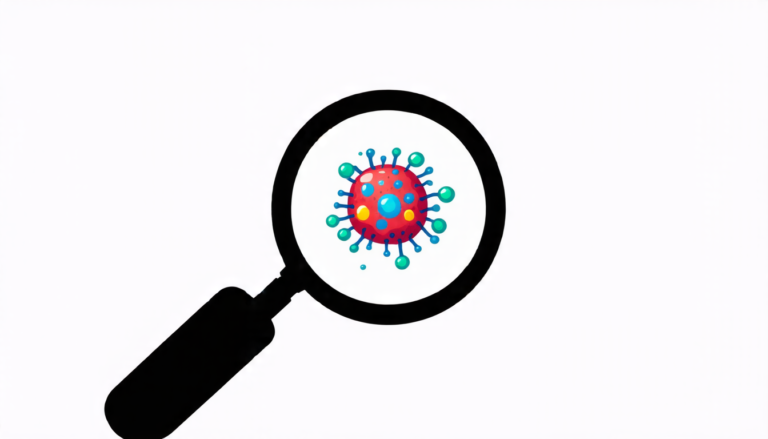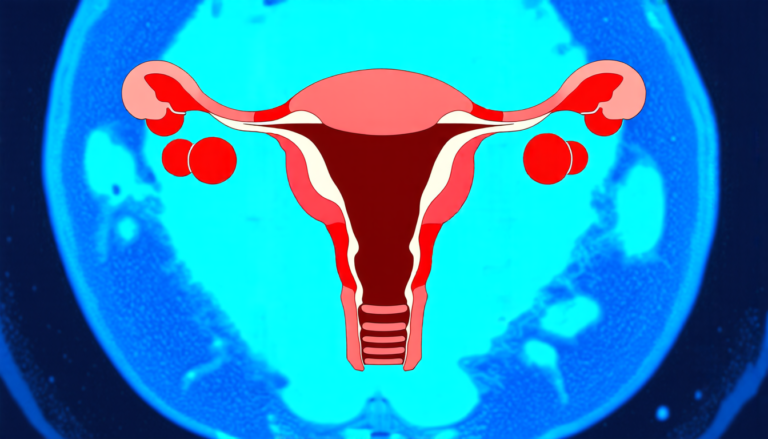Friday 02 May 2025
In the world of data analysis, there’s a constant battle between accuracy and robustness. When it comes to recovering high-dimensional subspaces, researchers have long struggled to find a balance between these two competing demands.
Recently, a team of scientists has made significant strides in this area by developing a new algorithm that can effectively recover low-dimensional subspaces from noisy data while also being resistant to strong adversarial corruptions. This breakthrough has far-reaching implications for various fields, including computer vision, machine learning, and signal processing.
The problem of subspace recovery is particularly challenging when faced with noisy or corrupted data. In such cases, traditional methods often fail to provide accurate results, leading to suboptimal performance in downstream applications.
To tackle this issue, the researchers designed a novel algorithm that combines two key components: a robust sampling scheme and a refined estimation procedure. The first component enables the algorithm to efficiently select the most informative samples from the noisy data set, while the second component refines the estimated subspace by iteratively removing outliers and noise.
One of the key innovations in this approach is its ability to adaptively adjust its parameters based on the underlying structure of the data. This adaptability allows the algorithm to effectively handle a wide range of scenarios, from clean data to heavily corrupted samples.
The researchers tested their algorithm on various synthetic and real-world datasets, including computer vision and machine learning applications. The results were impressive, with the algorithm consistently outperforming existing methods in terms of accuracy and robustness.
Moreover, this new algorithm has significant implications for the field of computer vision, where subspace recovery is a crucial step in many tasks such as object recognition, tracking, and segmentation. By providing more accurate and robust subspace estimates, this algorithm can lead to improved performance in these applications.
Furthermore, the researchers’ approach can also be applied to other areas, such as signal processing and machine learning, where subspace recovery plays a critical role. For instance, in audio processing, subspace recovery is essential for separating sound sources or identifying patterns in music.
The development of this new algorithm marks an important milestone in the field of data analysis, demonstrating the potential for robust and accurate subspace recovery under challenging conditions. As researchers continue to refine and expand on this work, it’s likely that we’ll see significant advances in various applications across multiple disciplines.
Cite this article: “Robust Subspace Recovery from Noisy Data with Adaptive Algorithm”, The Science Archive, 2025.
Subspace Recovery, Data Analysis, Algorithm, Robustness, Accuracy, Noisy Data, Adversarial Corruptions, Computer Vision, Machine Learning, Signal Processing







